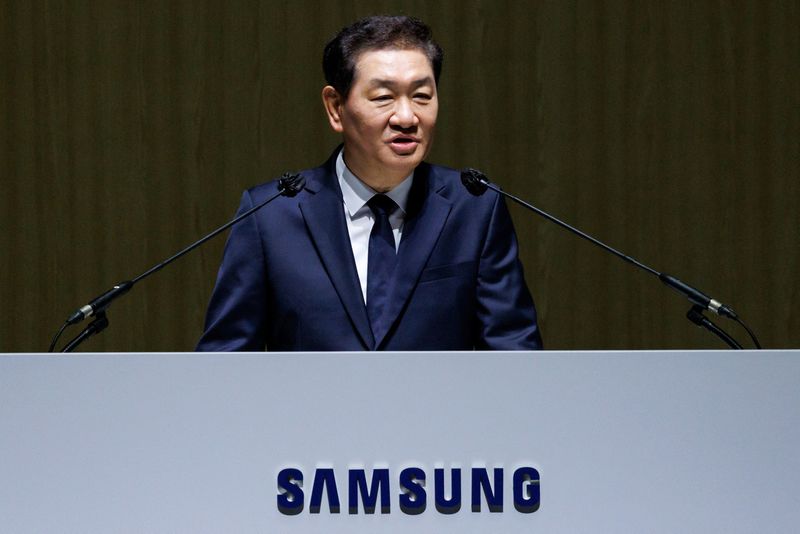"We Only Need $50": U.S. Research Team Develops High-Performance AI Using Distillation Technology
 |
| Stanford and University of Washington Create Cost-Effective AI Model Comparable to Leading Systems |
In a groundbreaking development that has both shocked and inspired the global artificial intelligence (AI) community, researchers from Stanford University and the University of Washington have successfully created a high-performance AI model using distillation technology—all for under $50. This innovative approach mirrors techniques suspected to have been employed by the Chinese AI startup DeepSeek, which recently gained attention for its advanced AI models.
According to TechCrunch, the U.S. research team unveiled their AI inference model, named "s1," on February 7 (local time). The name “s1” appears to be a nod to DeepSeek’s "R1" and OpenAI’s "o1" models, both known for their sophisticated reasoning capabilities. Despite its remarkably low development cost, s1 has demonstrated advanced performance, rivaling top-tier AI systems in mathematical problem-solving and coding proficiency.
The key to s1’s cost-efficiency lies in the strategic application of AI distillation technology. Rather than building an AI model from scratch, the team refined an existing off-the-shelf base model, a method that significantly reduced development expenses. They openly shared s1’s data and code on GitHub, allowing global access to their work. The model was trained using a meticulously curated set of 1,000 questions, with detailed answers provided to enhance its reasoning capabilities. Additionally, the team extracted and integrated “thinking” patterns from Google’s Gemini 2.0 Flash Thinking Experimental AI, further enhancing s1’s inference abilities.
Notably, the training process for s1 was impressively efficient. Utilizing 16 NVIDIA H100 GPUs, the researchers managed to fully train the model in less than 30 minutes. According to Stanford researcher Niklaus Mönninghoff, the computing power required to replicate s1’s training process could now be rented for as little as $20, thanks to advancements in cloud computing infrastructure.
This achievement follows a similar project by researchers at the University of California, Berkeley, who developed an AI inference model for approximately $450 using the same distillation technology just a month prior. The s1 model itself was built on Qwen, a lightweight open-source AI model distributed by Alibaba’s AI research lab, further underscoring the potential of leveraging existing technologies for cost-effective AI development.
However, the rise of low-cost, high-performance AI models raises critical questions about the commercial viability of AI products. As TechCrunch pointed out, if advanced AI models can be replicated at a fraction of the cost through distillation techniques, companies investing billions in proprietary AI systems might face challenges in maintaining competitive advantages.
This concern isn’t purely theoretical. OpenAI has already criticized DeepSeek for allegedly misappropriating its AI data through distillation methods. As AI development becomes more democratized, ethical and legal debates surrounding data usage and intellectual property are expected to intensify.
Meanwhile, major tech giants continue to pour substantial investments into AI, undeterred by these emerging challenges. Microsoft plans to invest $80 billion in AI this year, with Alphabet committing $75 billion, Amazon allocating $105 billion, and Meta Platforms targeting between $60 billion and $65 billion.
The success of the s1 model illustrates a pivotal shift in the AI landscape—one where innovation may no longer be exclusively driven by massive budgets but also by creative and efficient methodologies like distillation technology. This shift not only democratizes AI development but also prompts a reevaluation of how AI’s future will be shaped in both commercial and academic arenas.



Comments
Post a Comment